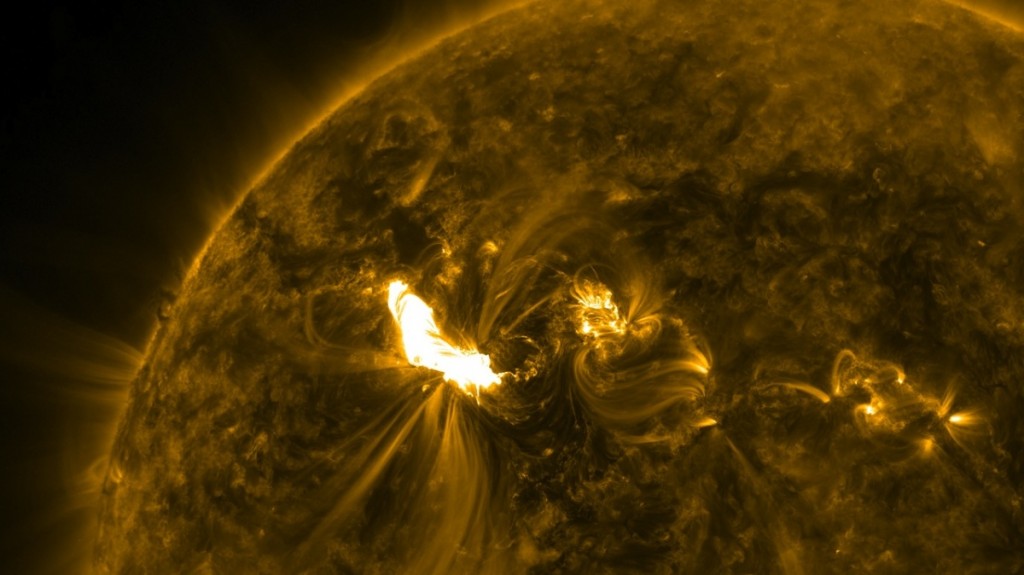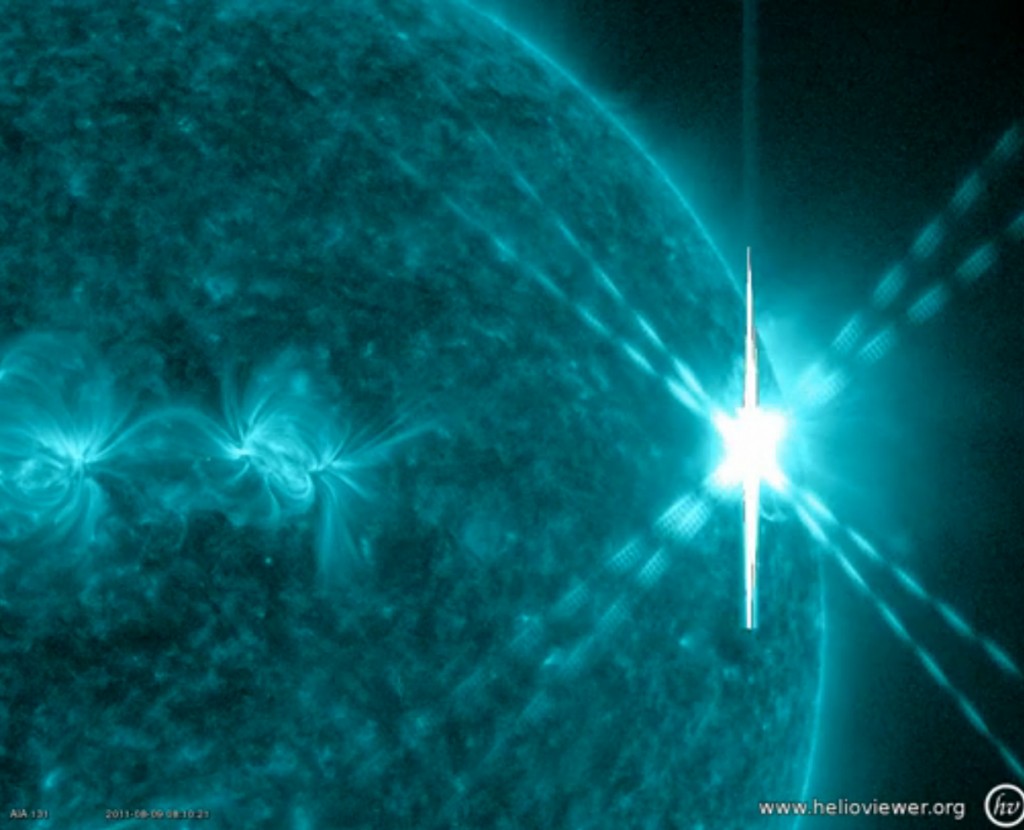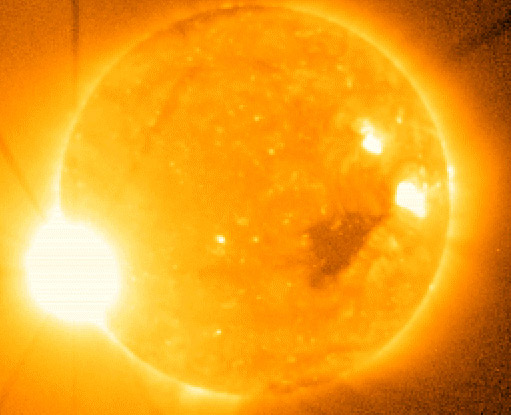
The sun - a heartbeat and bouts of rage
Articles in the Huffington Post on the sun suggest that ancient personifications may have had a point. Not only does it have a magnetic ‘heartbeat’, but it has angry spells with unfortunate consequences for creatures living on earth.
****************************************************************************
Here’s an extract from the article about its ‘heartbeat’….
By: Elizabeth Howell Published: 04/04/2013 02:08 PM EDT on SPACE.com
A magnetic “solar heartbeat” beats deep in the sun’s interior, generating energy that leads to solar flares and sunspots, according to new research.
A new supercomputer simulation, described in the April 4 edition of the journal Science, probes the sun’s periodic magnetic field reversals. Every 40 years, according to the model, the sun’s zonal magnetic field bands switch their orientation, or polarity.
That cycle is about four times longer than the 11-year sunspot cycle that governs the level of solar activity. Being able to model such a regular, long-term process is remarkable, the scientists said.
The new research, led by the University of Montreal’s Paul Charbonneau, describes work from both his research group and other, independent coalitions simulating the sun’s interior.
********************************************************************
And here’s an extract from the article about sun storms...

Nasa picture of a solar flare
Our Angry Sun
The sun brings gives light and warmth to all life on Earth, but it has a temper too. Solar flares, eruptions and other sun storms can have serious effects to satellites and other systems around or on Earth.
Take a look at some of the worst solar storms known to humanity.
1859: The Carrington Event
The Carrington Event of 1859 was the first documented event of a solar flare impacting Earth. The event occurred at 11:18 a.m. EDT on Sept. 1 and is named after Richard Carrington, the solar astronomer who witnessed the event through his private observatory telescope and sketched the sun’s sunspots at the time. The flare was the largest documented solar storm in the last 500 years, NASA scientists have said.
According to NOAA, the Carrington solar storm event sparked major aurora displays that were visible as far south as the Caribbean. It also caused severe interruptions in global telegraph communications, even shocking some telegraph operators and sparking fires when discharges from the lines ignited telegraph paper, according to a NASA description.
1972: Solar Flare vs. AT&T
The major solar flare that erupted on Aug. 4, 1972 knocked out long-distance phone communication across some states, including Illinois, according to a NASA account.
“That event, in fact, caused AT&T to redesign its power system for transatlantic cables,” NASA wrote in the account.
1989: Major Power Failures From Solar Flare
In March 1989, a powerful solar flare set off a major March 13 power blackout in Canada that left six million people without electricity for nine hours.
According to NASA, the flare disrupted electric power transmission from the Hydro Québec generating station and even melted some power transformers in New Jersey. This solar flare was nowhere near the same scale as the Carrington event, NASA scientists said.
2000: The Bastille Day Event
The Bastille Day event takes its name from the French national holiday since it occurred the same day on July 14, 2000. This was a major solar eruption that registered an X5 on the scale of solar flares.
The Bastille Day event caused some satellites to short-circuit and led to some radio blackouts. It remains one of the most highly observed solar storm events and was the most powerful flare since 1989.
2003: The Ultra-Powerful Halloween Sun Storm
On Oct. 28, 2003, the sun unleashed a whopper of a solar flare. The intense sun storm was so strong it overwhelmed the spacecraft sensor measuring it. The sensor topped out at X28, already a massive flare), but later analysis found that the flare reached a peak strength of about X45, NASA has said.
The solar storm was part of a string of at least nine major flares over a two-week period.

Picture of the 2006 flare up (Credit: NOAA's Space Weather Prediction Center)
2006: X-Ray Sun Flare for Xmas
When a major X-class solar flare erupted on the sun on Dec. 5, 2006, it registered a powerful X9 on the space weather scale.
This storm from the sun “disrupted satellite-to-ground communications and Global Positioning System (GPS) navigation signals for about 10 minutes,” according to a NASA description.
The sun storm was so powerful it actually damaged the solar X-ray imager instrument on the GOES 13 satellite that snapped its picture, NOAA officials said.
*****************************************************
For a challenging quiz of ten facts you should know about the sun, click here.

Leave a Reply